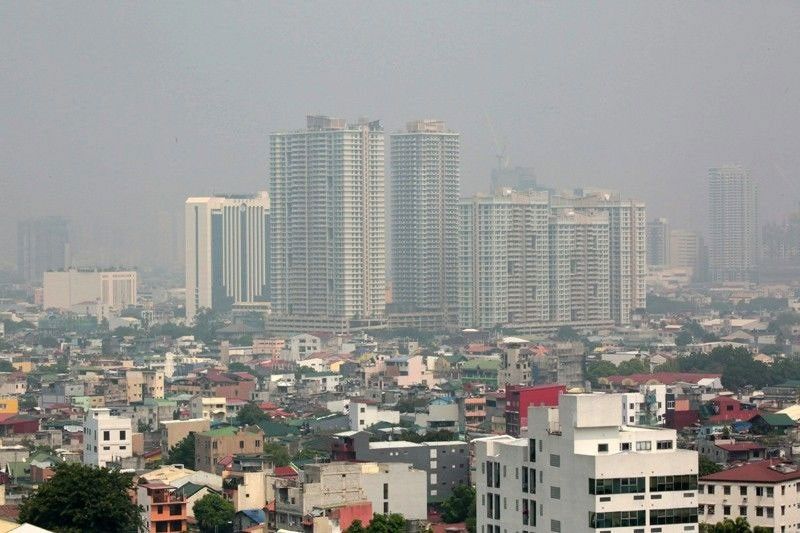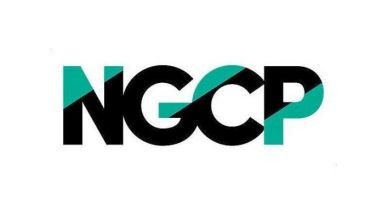Cost of living remains stable in Metro Manila

MANILA, Philippines — The cost of living in the capital remained stable this year as price movements across commodities were balanced out more than a year into the pandemic.
The Worldwide Cost of Living 2021 index of UK-based The Economist Intelligence Unit (EIU) showed that Manila’s ranking slid two notches to 84th from last year’s 82nd.
This means the overall cost of living in Manila did not become more expensive this year even as significant hikes in commodity prices were noted.
The index has been designed to enable human resources and finance managers to calculate cost of living allowances and build compensation packages for expatriates and business travelers.
It can also be used by consumer goods firms and other companies to map pricing trends and determine optimum prices for their products across cities.
The drop of two notches for Manila is for the comparison of 133 cities surveyed in 2020 and 2021.
In the latest index, however, EIU added 40 more cities. Given that many of the new entrants have a higher score, Manila has fallen to 112th.
Nonetheless, EIU emphasized that the 133 cities are considered for movement and the 173 cities are treated as stand-alone.
In an email to The STAR, Upasana Dutt, head of EIU’s Worldwide Cost of Living said that Metro Manila’s cost of living index has actually remained quite stable over the past year.
“The city saw prices for clothing and grocery items go down; however, the prices for household supplies, utilities and recreation climbed. As a result, the price movements were balanced out,” Dutt said.
“Manila remains one of the cheapest cities in ASEAN to buy grocery items, such as dairy, vegetables and bread,” she said.
The index included prices for food, drink, clothing, household supplies and personal care items, home rents, transport, utility bills, private schools, domestic help and recreational costs.
In another exchange, Rizal Commercial Banking Corp. chief economist Michael Ricafort said the peso’s five percent depreciation versus the dollar increases the purchasing power and correspondingly reduces the cost of living of foreigners and expatriates living in the Philippines.
Ricafort said the downward correction in rental or lease rates and property prices since the pandemic last year from the point of view of international investors also reduced the cost of living in the country.
“Higher inflation largely due to higher food and energy prices and weaker peso was offset by some downward correction in property rental rates and capital values due to the pandemic,” Ricafort said.
“The pandemic has led to job losses and dampened wage hikes in the Philippines, unlike the tighter labor markets that led to higher wages in some developed countries such as the US,” he said.
Meanwhile, the index showed that Tel Aviv in Israel is now the world’s most expensive city, rising from fifth place in 2020 to overtake Paris, which previously occupied the top spot.
Paris slid to second spot followed by Singapore, Zurich and Hong Kong. Completing the top 10 are New York, Geneva, Copenhagen, Los Angeles and Osaka.
On the other hand, the cheapest cities are mainly in the Middle East and Africa, or in the poorer parts of Asia. Damascus in Syria has retained its place as the cheapest city in the world to live in.
- Latest
- Trending
























